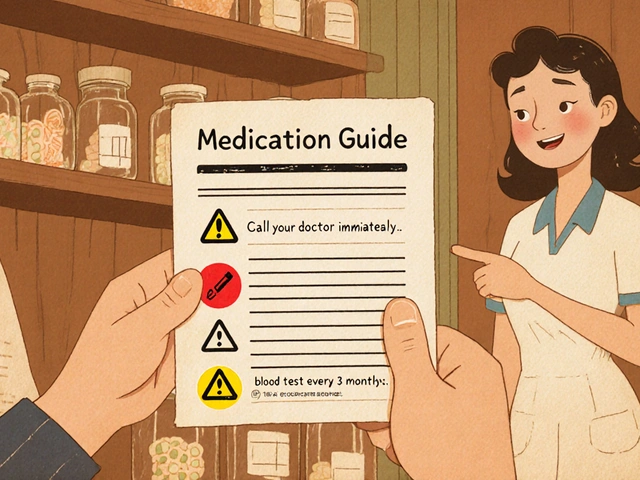Tricor Side Effects: Quick Guide for Anyone on Fenofibrate
If you’ve been prescribed Tricor, you probably wonder what side effects to expect. The good news is most people feel fine, but a few symptoms can show up. Knowing the signs early helps you decide if you need to talk to a doctor.
Common, mild reactions you might notice
Typical Tricor side effects are easy to handle. You may get a stomach upset, like mild nausea or a loose bowel movement. Some folks feel a headache or a little dizziness, especially when they first start the pill.
These issues usually fade after a week or two. If they linger, try taking Tricor with food; the medication is less irritating to the stomach that way.
Signs that need medical attention
Rarely, Tricor can cause more serious problems. Look out for muscle pain that isn’t linked to exercise, dark urine, or extreme fatigue—these could be signs of muscle breakdown (rhabdomyolysis). Also watch for a sudden rash, itching, or swelling of the face, which may mean an allergic reaction.
Any sign of liver trouble, such as yellowing of the skin or eyes, dark urine, or persistent nausea, should prompt a doctor visit right away.
When you start Tricor, your doctor will likely order blood tests to check liver function and cholesterol levels. Keep those appointments, because they help catch issues before they become serious.
Staying hydrated, eating a balanced diet, and avoiding alcohol excess can lower the chance of side effects. If you’re on other medicines, ask the pharmacist if they mix well with fenofibrate.
Bottom line: most people tolerate Tricor without trouble, but knowing what to watch for lets you enjoy the cholesterol‑lowering benefits safely. If something feels off, call your healthcare provider – it’s better to be safe than sorry.

Tricor (Fenofibrate) Guide: Uses, Dosage, Side Effects & FAQs
Learn what Tricor is, how it works, proper dosing, common side effects, and answers to the most asked questions about this cholesterol‑lowering drug.
Read More




